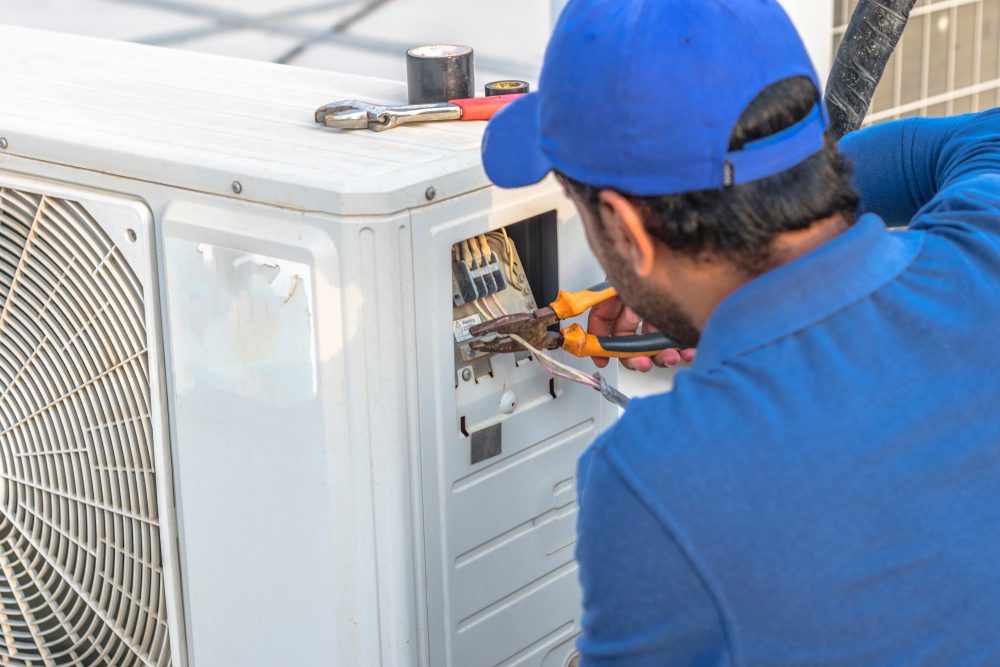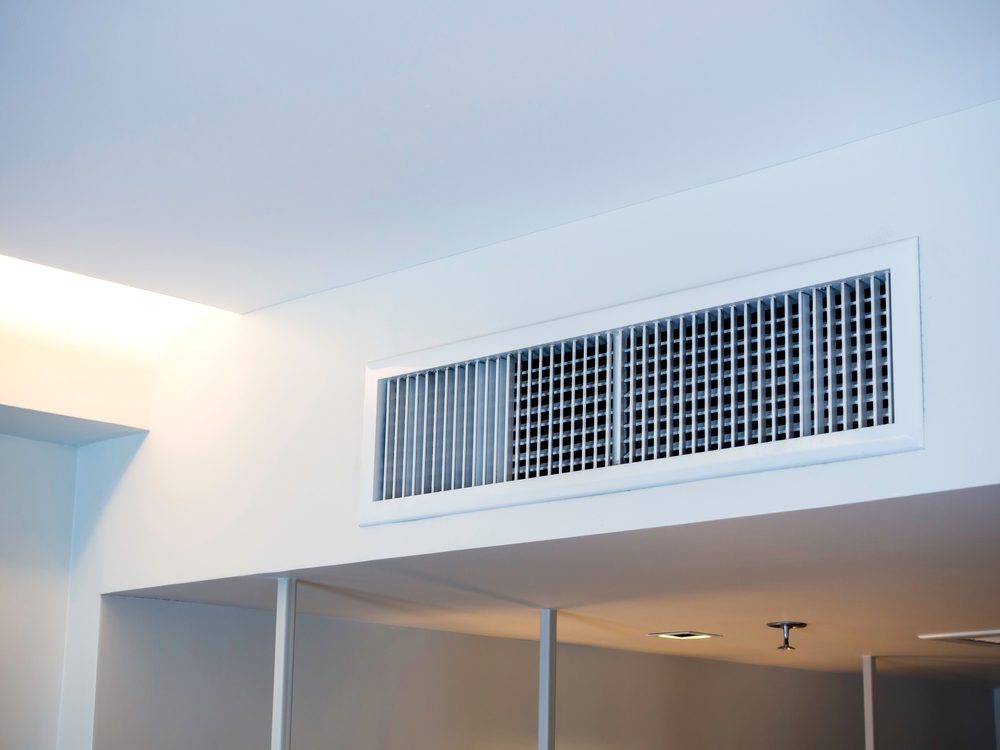Central AC Repair in Levittown, NY
Reliable Central AC Repair
Keep your home cool and comfortable with expert central AC repair services from COOL BROS CORP in Levittown. We’ll have your system running smoothly in no time!
Reviews
100% Customer Satisfaction
Why Choose Our AC Services?
Experience Unmatched Comfort

Trusted HVAC Company in Nassau County, NY
Your Local HVAC Experts
COOL BROS CORP has been proudly serving Levittown, NY, and the surrounding Nassau County area for years. As a leading HVAC company, we specialize in central AC repair, installation, and maintenance. Our team of certified HVAC contractors is dedicated to providing the highest quality heating, ventilation, and air conditioning services. With our expertise, we’ll ensure that your home remains comfortable year-round.

Our Repair Process
Simple and Efficient Steps


Comprehensive AC Services
Importance of Regular Maintenance
Central AC systems are vital for maintaining a comfortable indoor environment, especially during the hot summer months. Regular maintenance not only improves your system’s efficiency but also helps extend its lifespan. At COOL BROS CORP, we offer comprehensive HVAC services, including central AC installation and replacement. Our team in Levittown, NY, is committed to providing exceptional air conditioning service, ensuring your home stays cool and energy-efficient. Trust us to handle all your AC repair needs with precision and care. For more information or to schedule a service, call us at 516-928-4704.
View Our Central AC Services
About Cool Bros Corp
Contact us
The building firm, Levitt & Sons, headed by Abraham Levitt and his two sons, William and Alfred, built four planned communities called “Levittown”, in New York, Pennsylvania, New Jersey, and Puerto Rico; the Levittown in New York was the first. Additionally, Levitt & Sons’ designs are featured prominently in the older portion of Buffalo Grove, Illinois; Vernon Hills, Illinois; Willingboro Township, New Jersey; the Belair section of Bowie, Maryland; and the Greenbriar section of Fairfax, Virginia.
The Levitt firm began before World War II, as a builder of custom homes in upper middle-class communities on Long Island. During the war, however, the home building industry languished under a general embargo on private use of scarce raw materials. William “Bill” Levitt served in the Navy in the Seabees – the service’s construction battalions – and developed expertise in the mass-produced building of military housing using uniform and interchangeable parts. He was insistent that a postwar building boom would require similar mass-produced housing, and was able to purchase options on large swaths of onion and potato fields in undeveloped sections of Long Island.
Returning to the firm after war’s end, Bill Levitt persuaded his father and brother to embrace the utilitarian system of construction he had learned in the Navy. With his brother, Alfred, who was an architect, he designed a small one-floor house with an unfinished “expansion attic” that could be rapidly constructed and as rapidly rented to returning GIs and their young families. Levitt & Sons built the community with an eye towards speed, efficiency, and cost-effective construction; these methods led to a production rate of 30 houses a day by July 1948. They used pre-cut lumber and nails shipped from their own factories in Blue Lake, California, and built on concrete slabs, as they had done in a previous planned community in Norfolk, Virginia. This necessitated negotiating a change in the building code which, prior to the building of this community, did not permit concrete slabs. Given the urgent need for housing in the region, the town agreed. Levitt & Sons also controversially utilized non-union contractors in the project, a move which provoked picket lines. On the other hand, they paid their workers well and offered multiple incentives that allowed them to earn extra money, so that they often could earn twice as much a week as elsewhere. The company also cut out middlemen and purchased many items, including lumber and televisions, directly from manufacturers. The building of every house was reduced to 26 steps, with sub-contractors responsible for each step. His mass production of thousands of houses at virtually the same time allowed Levitt to sell them, with kitchens fully stocked with modern appliances, and a television in the living room, for as little as $8,000 each (equal to $109,162 today), which, with the G.I. Bill and federal housing subsidies, reduced the up-front cost of a house to many buyers to around $400 (equal to $5,458 today).
Learn more about Levittown.